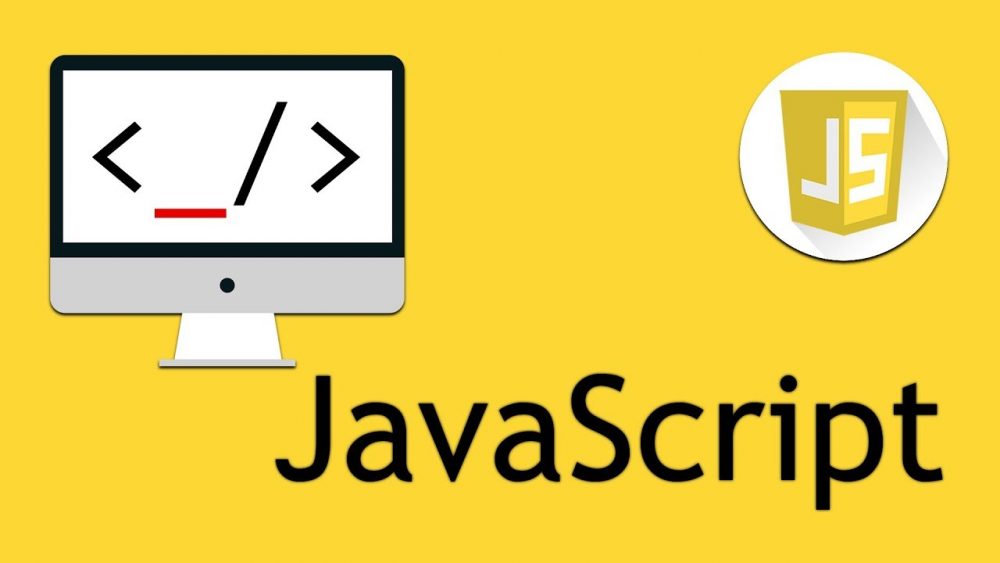JavaScript:ES2019 中的新功能
作为最流行的编程语言之一,也是Web主要开发语言,JavaScript不断发展,每次迭代都会获得一些新的内在变化。让我们看看ES2019的一些新提议的功能,这些功能很快就可能出现在我们日常编码中:

作为最流行的编程语言之一,也是Web主要开发语言,JavaScript不断发展,每次迭代都会获得一些新的内在变化。让我们看看ES2019的一些新提议的功能,这些功能很快就可能出现在我们日常编码中:
Array.flat()
您现在可以将嵌套数组按照指定的深度递归展开。默认值为1,如果要全部展开,可以使用Infinity。这个方法不会修改原始数组,但会创建一个新数组:
const arr1 = [1, 2, [3, 4]];
arr1.flat(); // [1, 2, 3, 4]
const arr2 = [1, 2, [3, 4, [5, 6]]];
arr2.flat(2); // [1, 2, 3, 4, 5, 6]
const arr3 = [1, 2, [3, 4, [5, 6, [7, 8]]]];
arr3.flat(Infinity); // [1, 2, 3, 4, 5, 6, 7, 8]
如果数组中有一个空槽,它将会被删除:
const arr4 = [1, 2, , 4, 5];
arr4.flat(); // [1, 2, 4, 5]
Array.flatMap()
一种新方法,它结合了基本的map函数,然后使用新的Array.flat()方法将结果展平为深度1:
const arr1 = [1, 2, 3];
arr1.map(x => [x * 4]); // [[4], [8], [12]]
arr1.flatMap(x => [x * 4]); // [4, 8, 12]
另一个更有用的例子:
const sentence = ["This is a", "regular", "sentence"];
sentence.map(x => x.split(" ")); // [["This","is","a"],["regular"],["sentence"]]
sentence.flatMap(x => x.split(" ")); // ["This","is","a","regular", "sentence"]
String.trimStart()和String.trimEnd()
除了从字符串两边删除空格的**String.Trim()**以外,现在还有单独的方法只能从每一边删除空格:
const test = " hello ";
test.trim(); // "hello";
test.trimStart(); // "hello ";
test.trimEnd(); // " hello";
Object.fromEntries
可以将Key-value对列表转换为对象的新方法。我们可以理解为我们已经熟悉的Object.Entries逆向操作。在转换之后,您将留下一个数组,但现在您可以将操纵的数组返回到一个对象中。让我们尝试一个例子,我们想要对所有对象属性的值进行平方:
const obj = { prop1: 2, prop2: 10, prop3: 25 };
let array = Object.entries(obj); // [["prop1", 2], ["prop2", 10], ["prop3", 25]]
让我们用一个简单的映射将新的键值对列表的值平方:
array = array.map(([key, value]) => [key, Math.pow(value, 2)]); // [["prop1", 4], ["prop2", 100], ["prop3", 225]]
我们已经转换了对象值但我们留下了一个数组,这就是Object.fromEntries的用武之地,将数组转换回对象:
const newObj = Object.fromEntries(array); // {prop1: 4, prop2: 100, prop3: 225}
可选的Catch Binding
新建议允许您完全省略catch()参数,因为在很多情况下您不想使用它:
try {
//...
} catch (er) {
//handle error with parameter er
}
try {
//...
} catch {
//handle error without parameter
}
Symbol.description
您现在可以访问Symbol的description属性,而不是使用toString()方法:
const testSymbol = Symbol("Desc");
testSymbol.description; // "Desc"
Function.toString()
现在,在函数上调用toString()会完全按照定义的方式返回函数,包括空格和注释。之前:
function /* foo comment */ foo() {}
foo.toString(); // "function foo() {}"
现在是:
foo.toString(); // "function /* foo comment /* foo() {}"
JSON.parse()
现在,行分隔符 (\u2028) 和段落分隔符 (\u2029) 符号正确解析,而不是导致SyntaxError。
原文地址:https://blog.tildeloop.com/posts/javascript-what%E2%80%99s-new-in-es2019
翻译:https://github.com/quickjs-zh/

你也许感兴趣的:
- 想念 jQuery
- Oracle,是时候解放JavaScript了
- JavaScript中的错误链:借助Error.cause实现更清晰的调试
- 使用 setHTML() 方法消毒HTML
- 可以用 CSS 实现这些,不再需要 JavaScript
- JavaScript 的美好未来不会实现
- Bun Install 比 npm 快 7 倍,Why?
- 魔方交互式动画、可编程JavaScript工具库:Roofpig
- 编程界的丰田卡罗拉
- Google V8:我们如何让 JSON.stringify 的速度提升超过两倍

你对本文的反应是: